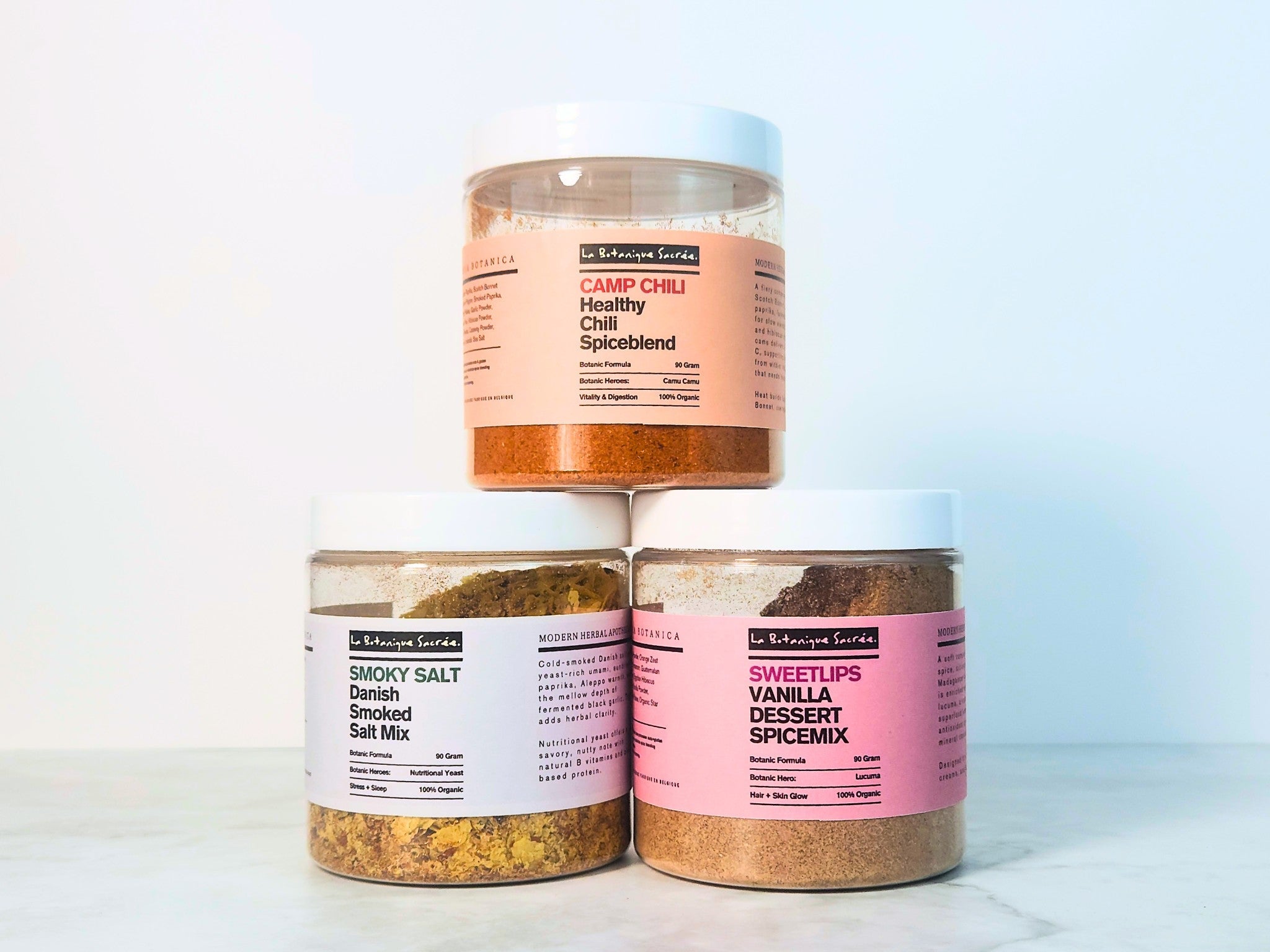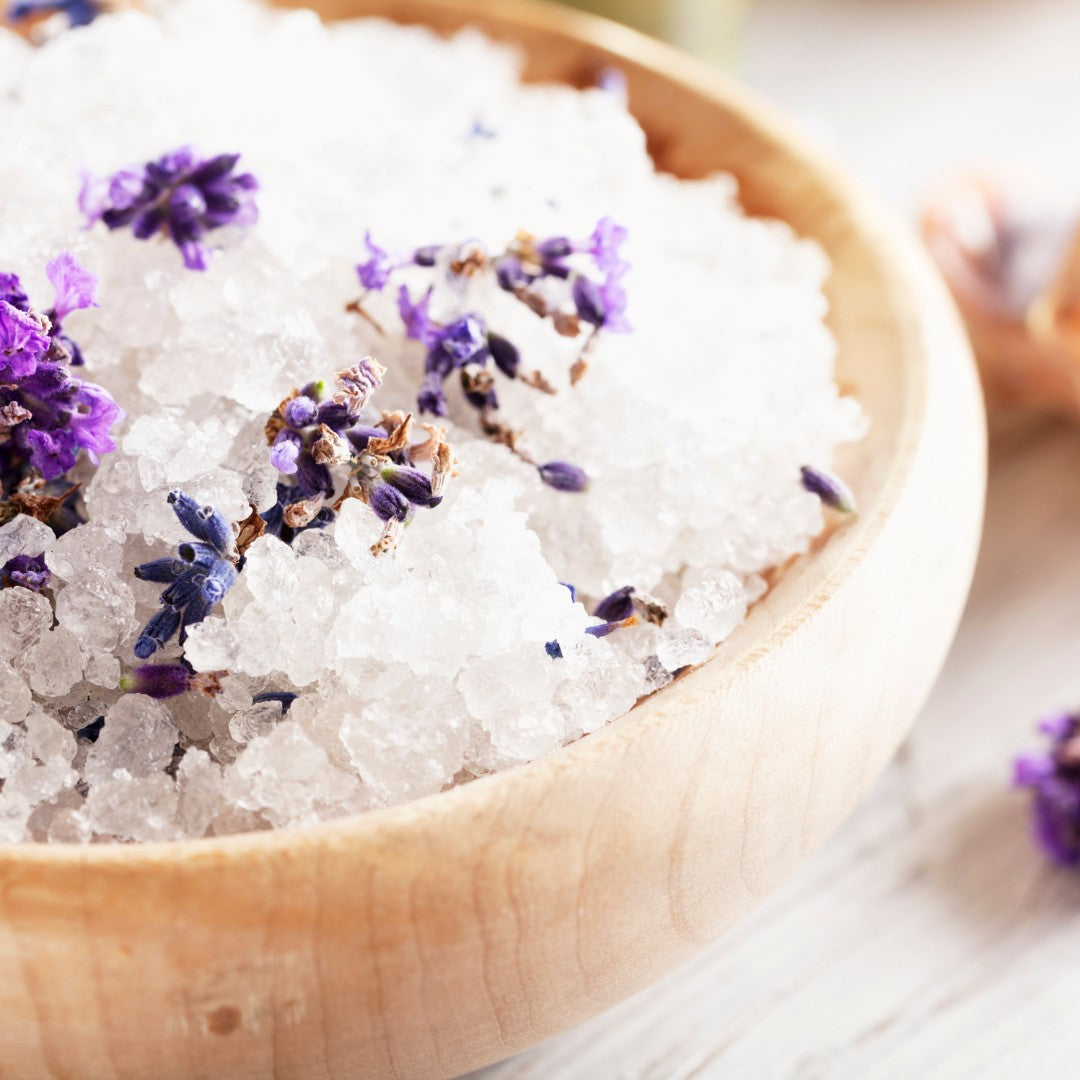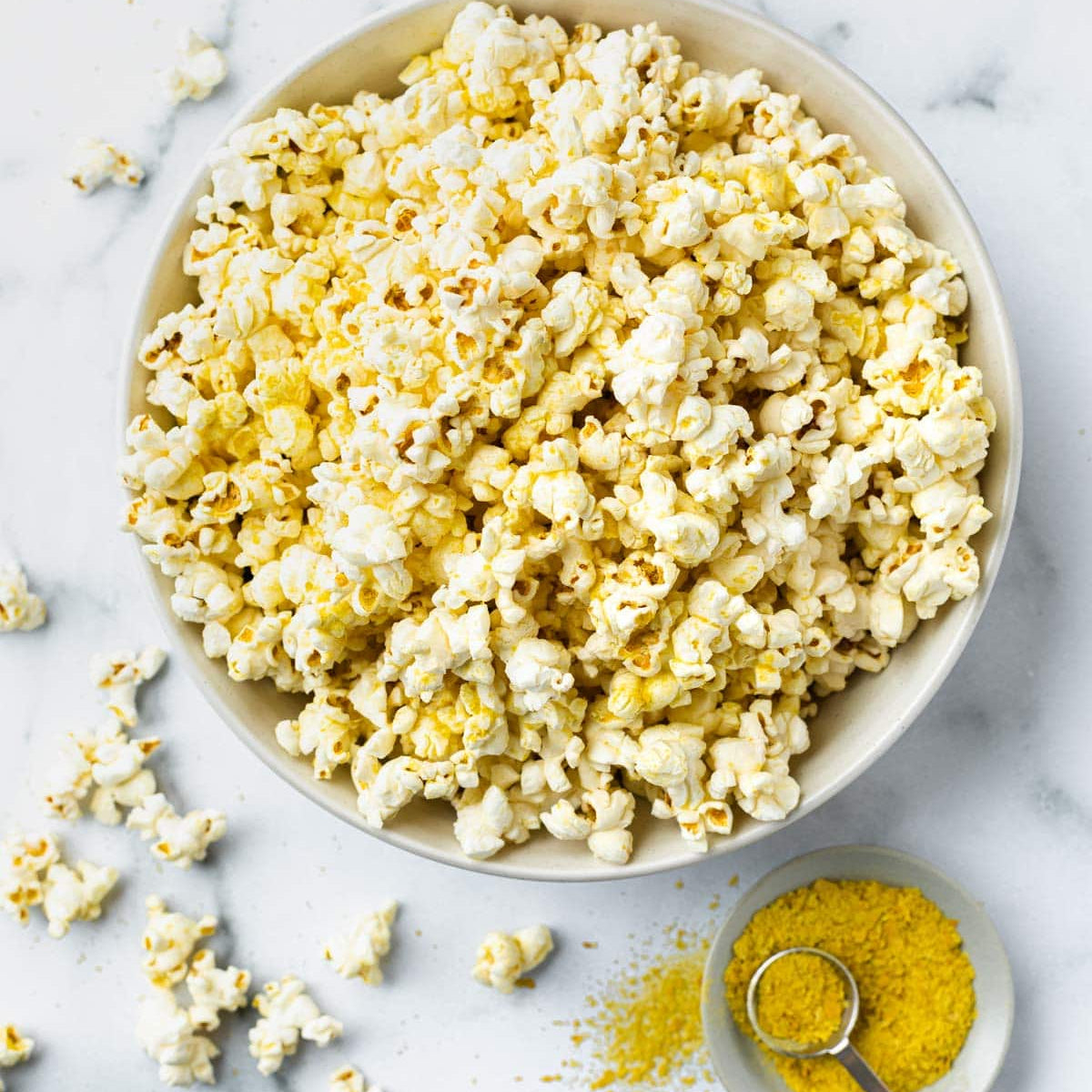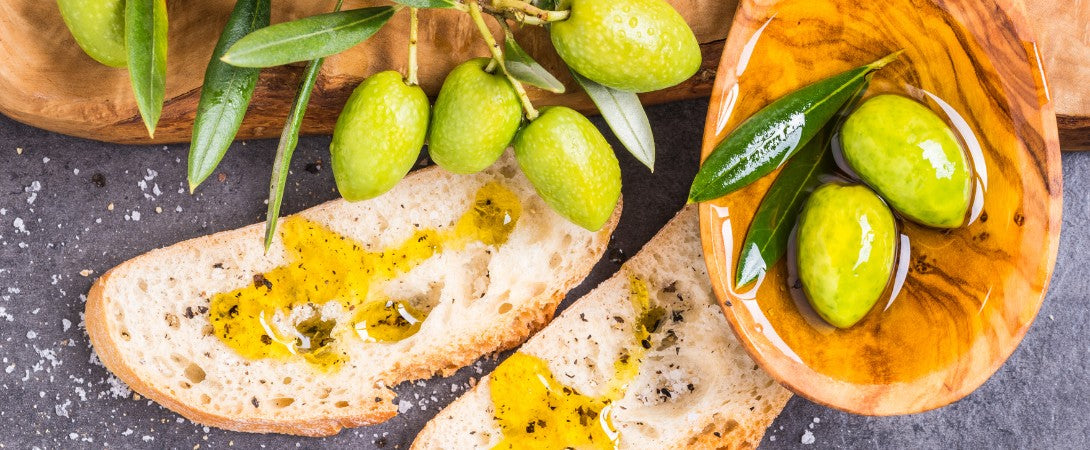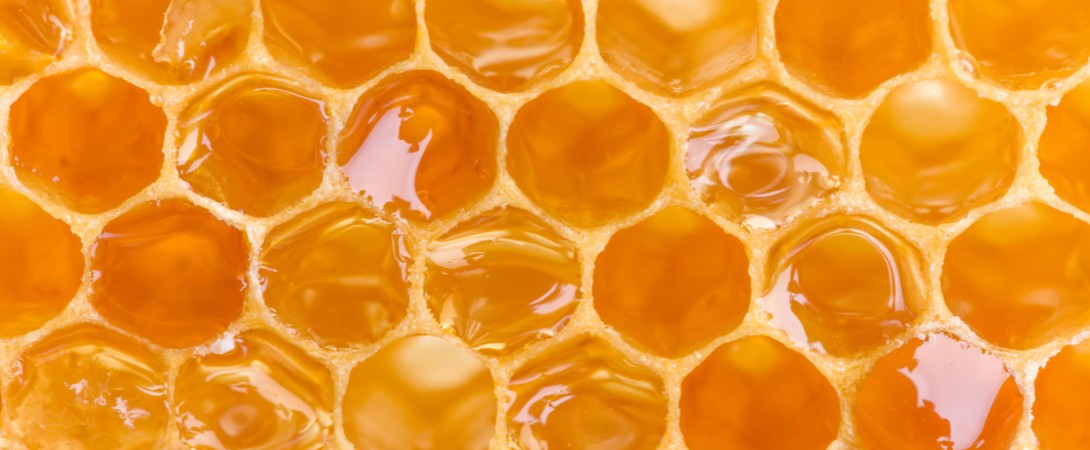Arctic sea salt for crystal clarity and wellness
Pristine Arctic sea salt is harvested in Icelandic and Greenland waters where cold currents and low-pollution basins yield brine of remarkable clarity. Evaporation tanks warmed only by natural geothermal hot springs slowly coax moisture away, leaving crisp pyramidal flakes that crunch cleanly and carry traces of magnesium, calcium, and potassium. This sustainable technique generates zero added carbon dioxide and preserves native mineral character.
Science and Composition
Chemical Composition
Laboratory assays show Arctic sea salt to be about ninety seven percent sodium chloride balanced by magnesium, calcium, potassium, and trace iron which remain because the brine is never refined.
Moisture content hovers near two percent, enough to hold volatile sea minerals that enhance savoury depth .
Flake structure creates quicker dissolution on the palate which allows chefs to season precisely using less total sodium, a smart advantage for health-conscious cooking.
Origin & Nutritional Composition
Producers such as Nordur and Saltverk pump Arctic seawater into open steel pans then channel geothermal hot water through titanium coils below the brine, raising temperature without fossil fuels. Slow evaporation forms delicate pyramids which are raked, rinsed in the same brine, and dried in ambient air.
A five-gram pinch of Arctic sea salt provides roughly nineteen hundred milligrams sodium plus small but measurable potassium and magnesium that support fluid balance and nerve function
Reported Health Benefits
Phenolic compounds from surrounding seaweed adhere lightly to the crystal surface during evaporation and add antioxidant capacity beyond that of industrial salt. Cold smoking variants add additional phenolics that slow lipid oxidation in foods.
Using Arctic sea salt as a finishing touch often lets cooks reduce overall salt volume while still delivering satisfaction, indirectly aiding sodium moderation efforts.
Heritage and Function
Cultural Significance & Historical Significance
Iceland first documented geothermal salt works in records from 1753, noting that energy from nearby geysers made production possible even in harsh winters .
The craft faded in the twentieth century but rebooted in two thousand eleven when artisans revived historic Reykjanes methods to satisfy modern demand for clean Nordic ingredients.
Local festivals now feature salt‐crystal tasting flights and seaweed pairings.
Flavor Profile
Flakes taste crisp and mineral sweet with subtle marine notes, followed by a clean finish free of bitter aftertaste that sometimes accompanies kiln-dried salts
Fun Tidbits
Geothermal evaporation leaves a carbon footprint near zero, making Arctic sea salt one of the most sustainable salts availabl.
The flake lattice scatters light, giving a natural snowflake sparkle prized by food stylists.
Nordic chefs sometimes serve unfiltered brine shot glasses beside oysters for a true sea pairing.
La Botanique Sacrée's Approach
We select Arctic sea salt for its renewable production, mineral nuance, and pristine flavour.
Products featuring Arctic sea salt
Fjord Fire – chilli-buckthorn finisher brightened by Arctic sea salt
Viking Fries – herb fry topper where turmeric meets Arctic sea salt pyramids
Smoky Salt – Danish smoked crystals blended with Arctic sea salt for layered mineral depth




